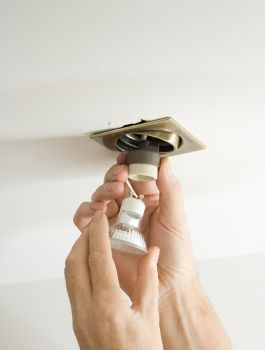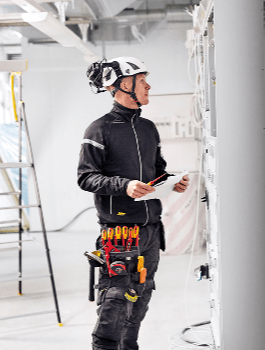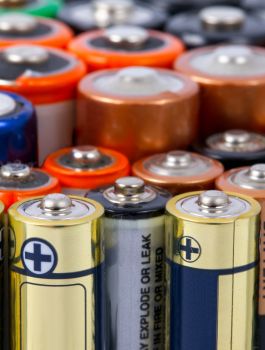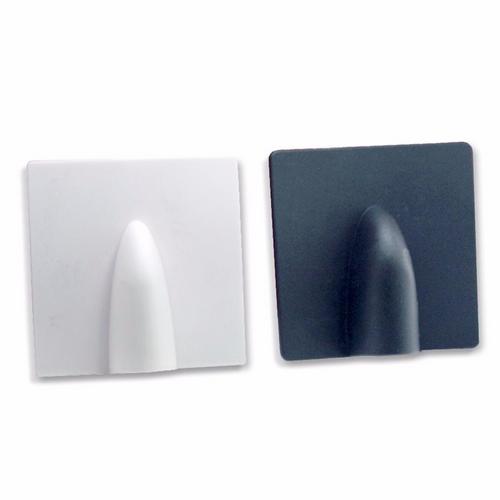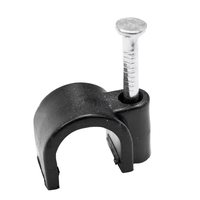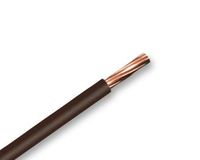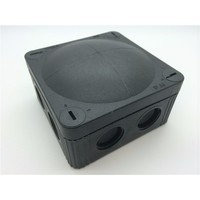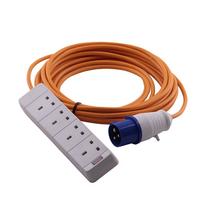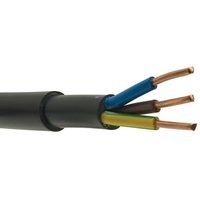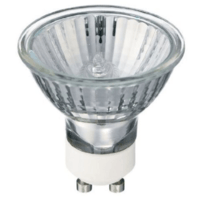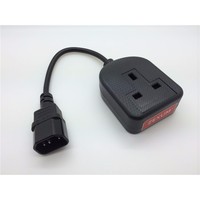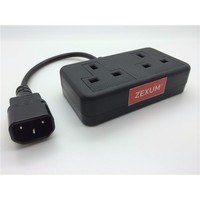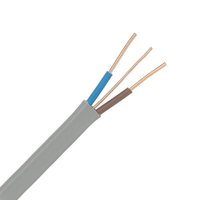Ian
from
United Kingdom
asks
Can this cover be used on the external brick wall or is it only for internal wall use ?
Thanks
|
Electrical World Replies:
|
Hello, yes this item should be suitable for outdoor use, thanks
|
Sam
from
United States
asks
AT&T cut my landline & then remedied the situation by running a new line and just punching a hole in my stucco. I was hunting for some kind of rubber grommet to get a seal around the cable (about 3/8”) where it enters the wall, but yours might be a better solution IF I can seal it to the stucco and IF your product is open in the back and just sits down over the cable & hole (ie, I DON’T have access to either cable end; this must be installable over the cable entry AS IS). Your webpage doesn’t show the back side of the product. I’m also not sure about the bend radius this product can accommodate, but I’m hoping this won’t be as critical a consideration for a simple phone line as it would be for other signals.
|
Electrical World Replies:
|
Hello, I have added images of the back of the product. I hope this helps, but if you need more information, please contact us again, thanks
|
Geoff
from
United Kingdom
asks
1. How do these attach to the wall?
2. What size of cable can these take?
|
Electrical World Replies:
|
Hello Geoff, thank you for your enquiries.
These are usually stuck to the wall using a strong silicon such as - https://www.electricalworld.com/en/C-Tec-CT1-Multi-Purpose-Adhesive-Sealant/m-2201.aspx - secondly, the size of cable would depend on the type of cable being used. A more flexible cable which will bend more easily will allow you to use a slightly larger diameter. These outlets are normally used for TV and satellite cables which are usually 6-8mm in diameter (or perhaps a twin co-axial cable which varies from about 11mm to 15mm).
|


